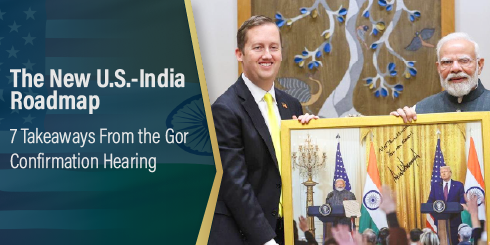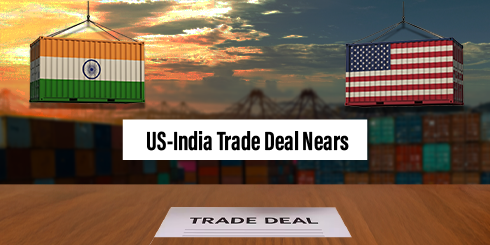Modi’s Defiance: How India has resisted U.S. Tariffs with Sovereignty, Energy Security, and SCO Diplomacy
The U.S. decision to impose 25–50% tariffs on Indian exports in response to India’s continued purchases of Russian crude oil has triggered one of the sharpest trade disputes in recent years. While Washington framed the move as a way to cut off Moscow’s revenue streams, New Delhi saw it very differently: as an assault on its sovereignty and its right to make independent choices in a volatile global energy market.
Prime Minister Narendra Modi’s response has been clear and consistent: India will not yield to foreign pressure. Instead, his government has used this moment to reinforce themes of self-reliance, national dignity, and energy security while strengthening alternative alliances.
1. Protecting Domestic Producers
From the very beginning, Modi positioned the tariffs as not just a policy dispute with Washington but a direct attack on the livelihoods of ordinary Indians. His speeches have highlighted how such measures hurt farmers, fisherfolk, artisans, and small manufacturers—the very backbone of India’s export economy. 42 – 46% of total employment in India is in agriculture sector.
Rather than signaling retreat, Modi doubled down on calls for “Atmanirbhar Bharat” (self-reliant India)—urging greater reliance on Indian-made goods and discouraging dependence on imported products. The idea of boycotting foreign goods resonates strongly with his political base and reframes the tariff dispute as a battle for the dignity of Indian producers.
This strategy also allows Modi to align external trade policy with his long-running domestic agenda of boosting local manufacturing and employment.
2. Sovereignty First: Rejecting Double Standards
India’s Ministry of External Affairs called the U.S. tariffs “unfair and unjustified,” pointing out that many Western countries themselves continue buying Russian resources—from uranium and fertilizers to liquefied natural gas. By highlighting these inconsistencies, India accused Washington and Brussels of “double standards.”
For Modi, the message is simple: India’s foreign policy is not up for negotiation. Decisions on where to source energy or how to balance trade relationships will be made in Delhi—not in Washington.
This emphasis on sovereignty and independent decision-making is more than rhetorical. It fits into a longer tradition of India’s “strategic autonomy,” a foreign policy principle that resists alignment with any single power bloc. Modi has made clear that India values its partnership with the U.S., but not at the cost of compromising its freedom to act in its own national interest.
3. Energy Security Above All
At the heart of this dispute is energy. By importing discounted Russian crude, India has saved an estimated $15–20 billion since 2022. These savings are not a luxury—they have helped cushion the Indian economy from global oil shocks and kept domestic inflation under control.
Modi’s government has repeatedly emphasized that affordable and reliable energy for 1.4 billion people is non-negotiable. Even as U.S. tariffs bite into export sectors such as textiles, gems, and IT services, India has not curtailed Russian oil imports.
In Modi’s framing, energy security is not just an economic calculation—it is a sovereign responsibility. By ensuring stable supplies, the government protects households, industries, and overall economic growth. In that context, Washington’s demand that India stop importing Russian oil is viewed as unrealistic and intrusive.




